What is an Acacia Tree?
theyardman
14 years ago
Related Stories
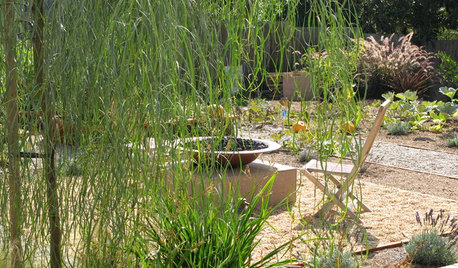
GARDENING GUIDESGreat Design Plant: Acacia Stenophylla
Skinny shoestring acacia makes an effective drought-tolerant screen where winters are relatively mild
Full Story
ARBOR DAY8 Reasons to Plant a Great Tree
Beauty is its own reward, but the benefits of planting the right tree in the right place go way beyond looks
Full Story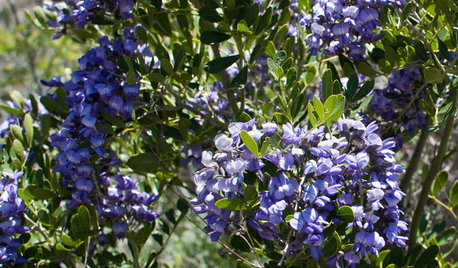
TREES6 Unsung Spring-Blooming Trees
Billowy blooms and rare fragrances will make you wonder how these flowering trees could ever have been underused in landscapes
Full Story
LANDSCAPE DESIGN7 Great Trees for Summer Shade and Fall Color
These landscape-pro faves straddle the seasons beautifully. Could one enhance your own yard?
Full Story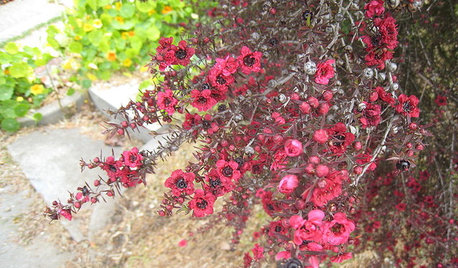
GARDENING GUIDESGreat Design Plant: New Zealand Tea Tree
Balance pretty polish and ruggedness in a temperate garden with this low-maintenance and drought-tolerant flowering shrub
Full Story
Guest Picks: Chic Wooden Kitchen Accessories
Warm up a kitchen with accessories in walnut, acacia, olive wood and more
Full Story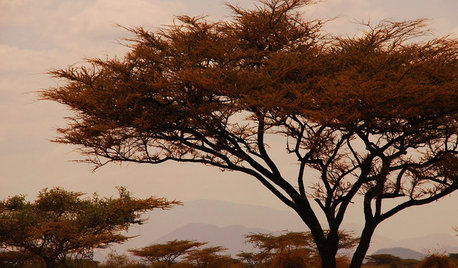
LIFETracing the Deep Roots of Design
Are our design choices hardwired? Consider the lasting appeal of forms from the hunter-gatherer life
Full Story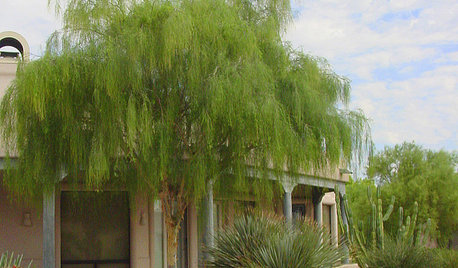
GARDENING GUIDESGreat Design Plant: Palo Blanco Softens Sharp Desert Angles
Willowy foliage and creamy white bark give this tree a delicate beauty, but its constitution is tough
Full Story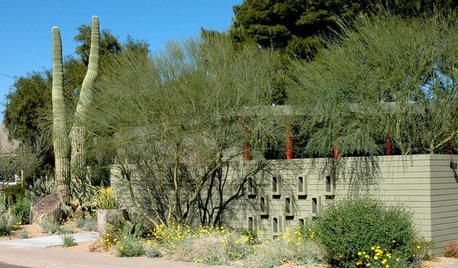
GARDENING GUIDESGreat Design Plant: Parkinsonia Florida
Blue palo verde's trunk and branches provide a beautiful backdrop to a spectacular spring show in the desert
Full Story
SHOP HOUZZHouzz Products: Create a Cat Heaven at Home
Show kitty you care and keep your style too with fun and cozy cat beds, perches, trees and decor
Full StorySponsored



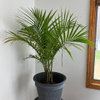
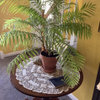
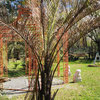
brooklyngreg
bill_ri_z6b
Related Discussions
Are these Acacia koa trees?
Q
Identify this tree please... Acacia?
Q
Did Shoestring Acacia trees survive last winter in Austin?
Q
Please help ID acacia tree ...
Q
georgeinbandonoregon
islandbreeze
desertlvr
theyardmanOriginal Author
georgeinbandonoregon
denninmi
mooseling
theyardmanOriginal Author
denninmi
iaconaoutdoor
theyardmanOriginal Author